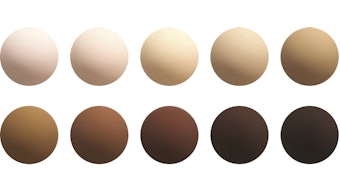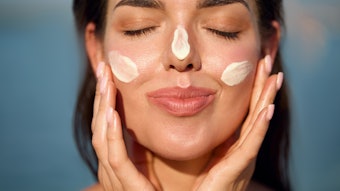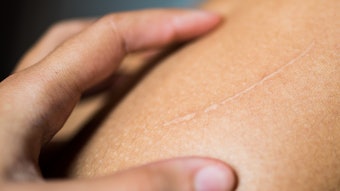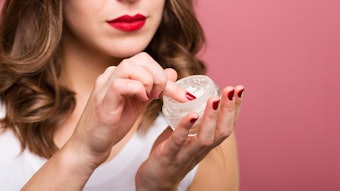Do you find stimulation in a steaming cup of caffeinated coffee? Caffeine is the bitter, crystalline alkaloid C8H10N4O2 named by the 19th century German chemist Friedrich Runge. It is found in coffee, tea and other food substances. Caffeine is a psychoactive stimulant drug and a mild diuretic in humans and other animals.
Caffeine’s principal mode of action is as an antagonist of adenosine receptors in the brain. That’s how it can keep you awake and alert. Caffeine acts through multiple mechanisms involving both action on receptors and channels in the cell membrane, as well as intracellular action on calcium and cAMP pathways.
Its action on channels in the cell membrane is of particular interest to scientists who focus on skin and hair care in the upstream research division of Procter & Gamble Beauty. In a recent patent, these scientists identified caffeine as one of 40 compounds capable of stimulating aquaporins, the proteins that function as water-transporting channels in skin cell membranes.
A previous “Bench & Beyond” column, published in May 2008, discussed the history and water-transport mechanism of aquaporins. The current column will look at the separate but parallel paths followed by a major personal care manufacturer and a principal academic researcher in their attempts to understand what it means to stimulate aquaporin-3 (AQP3), the water channel protein in human skin.
For the complete article, subscribe to C&T magazine's Digital Edition.










